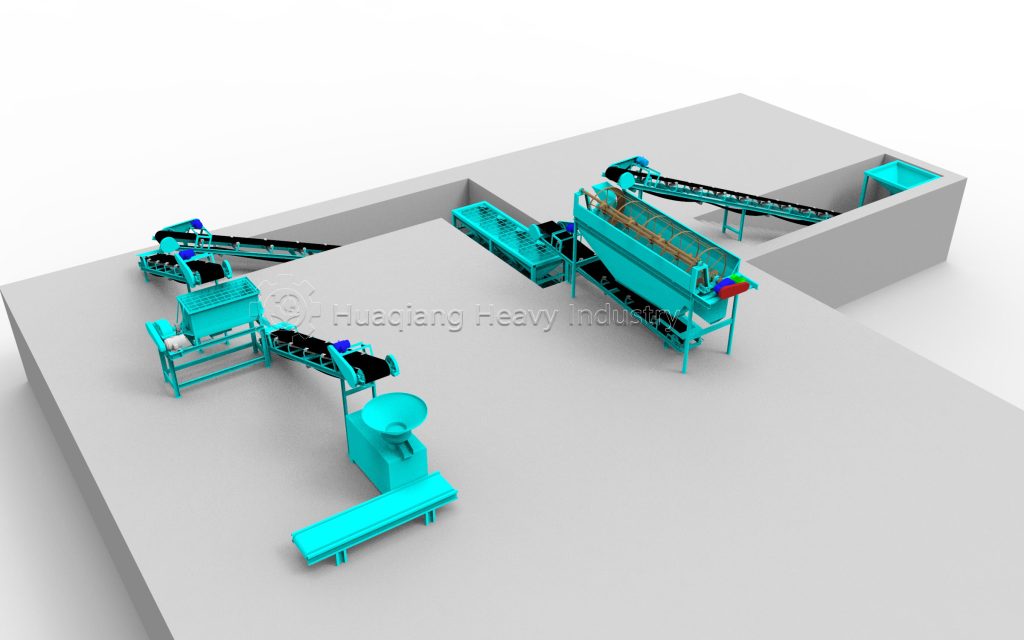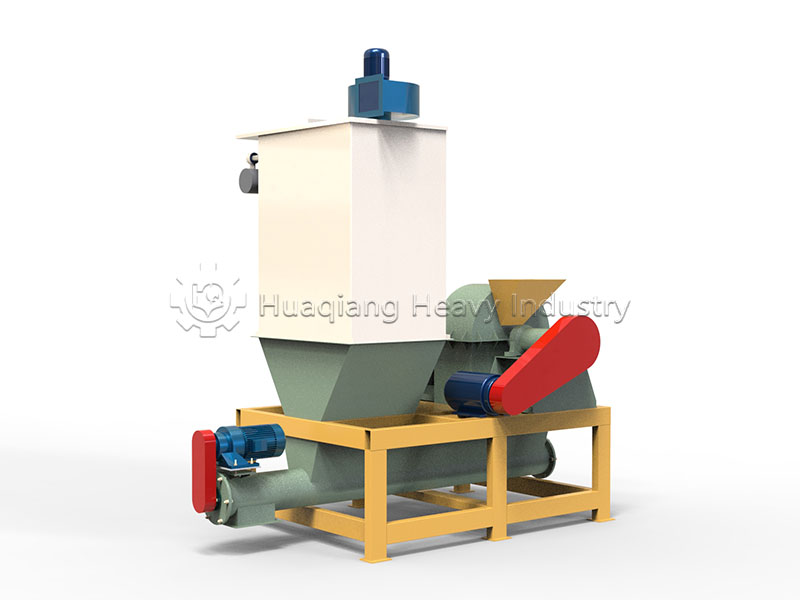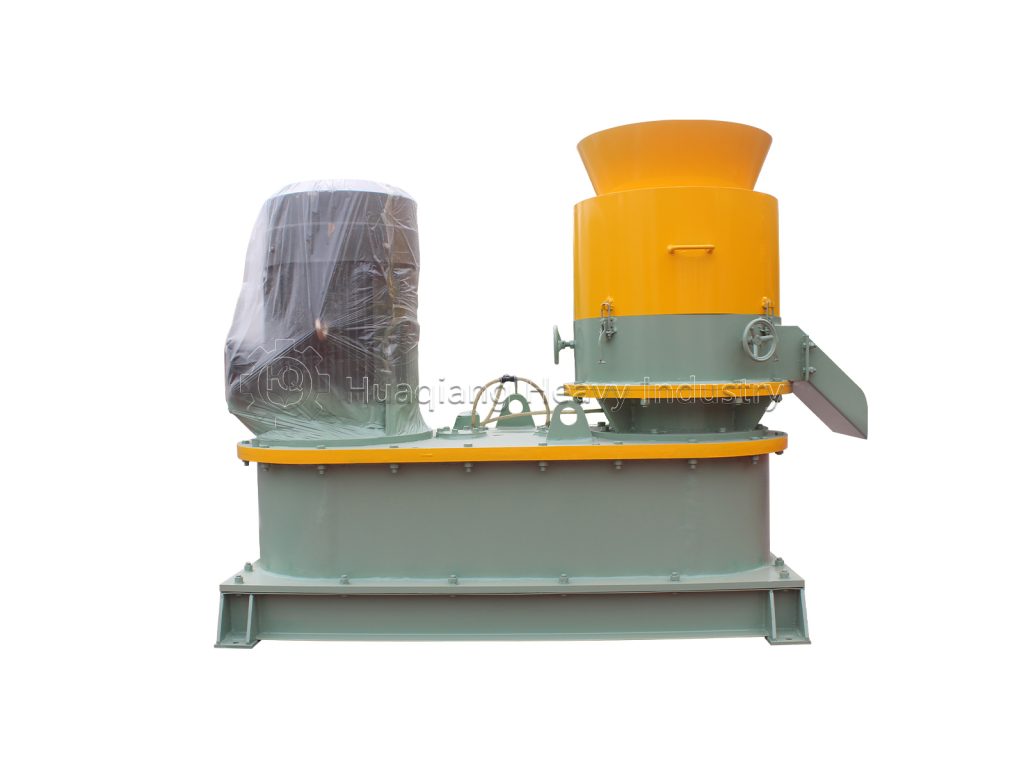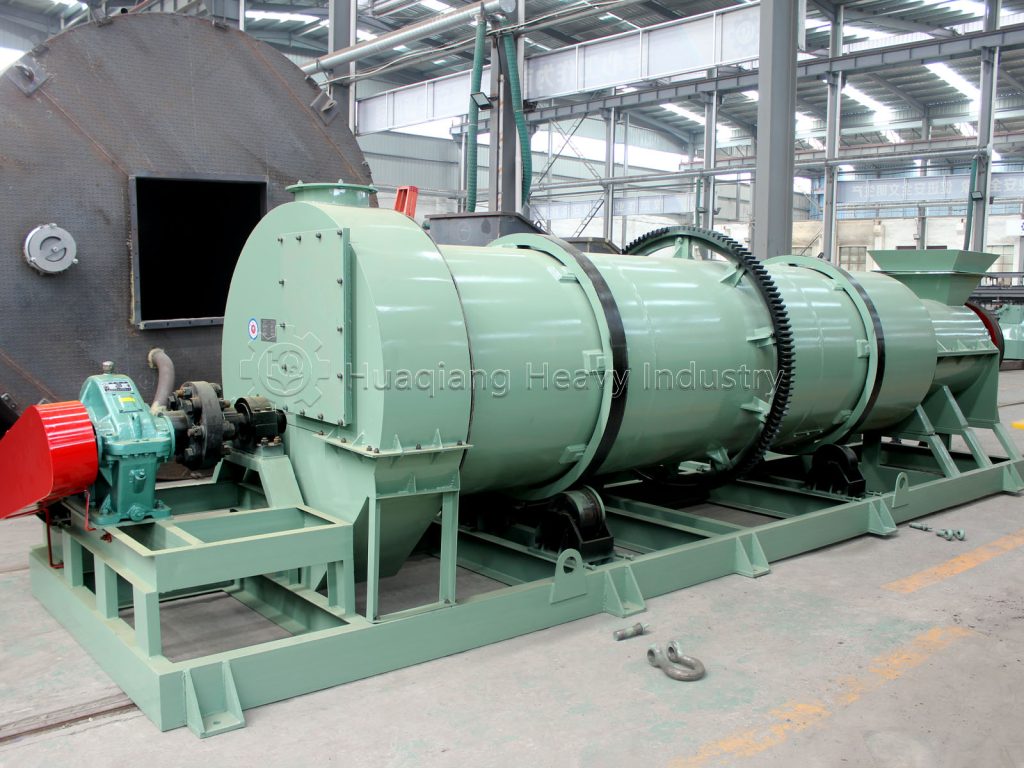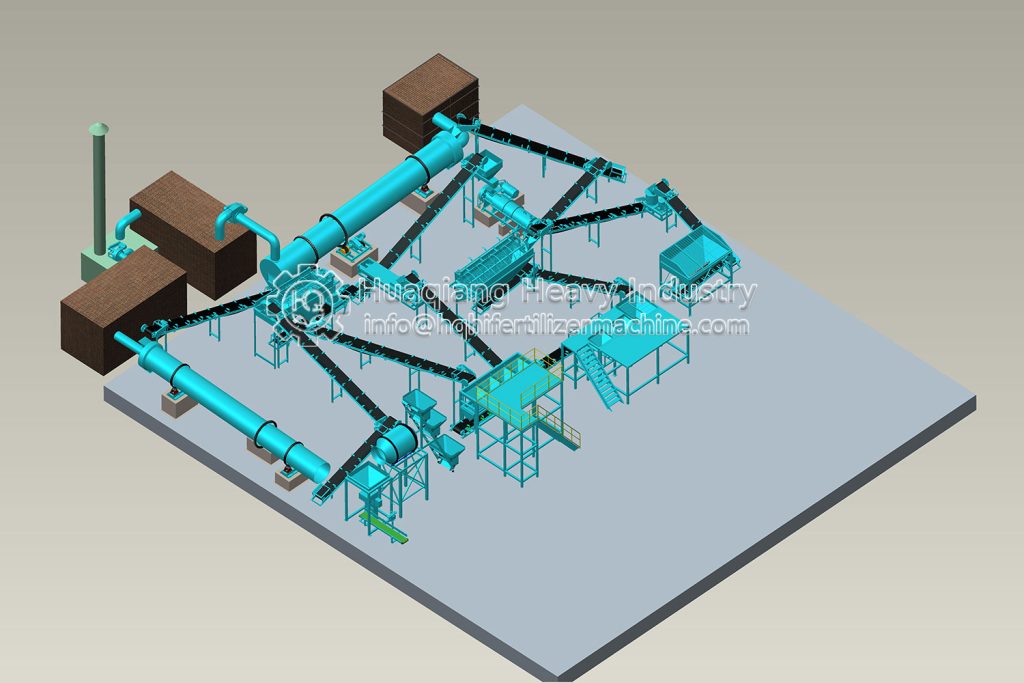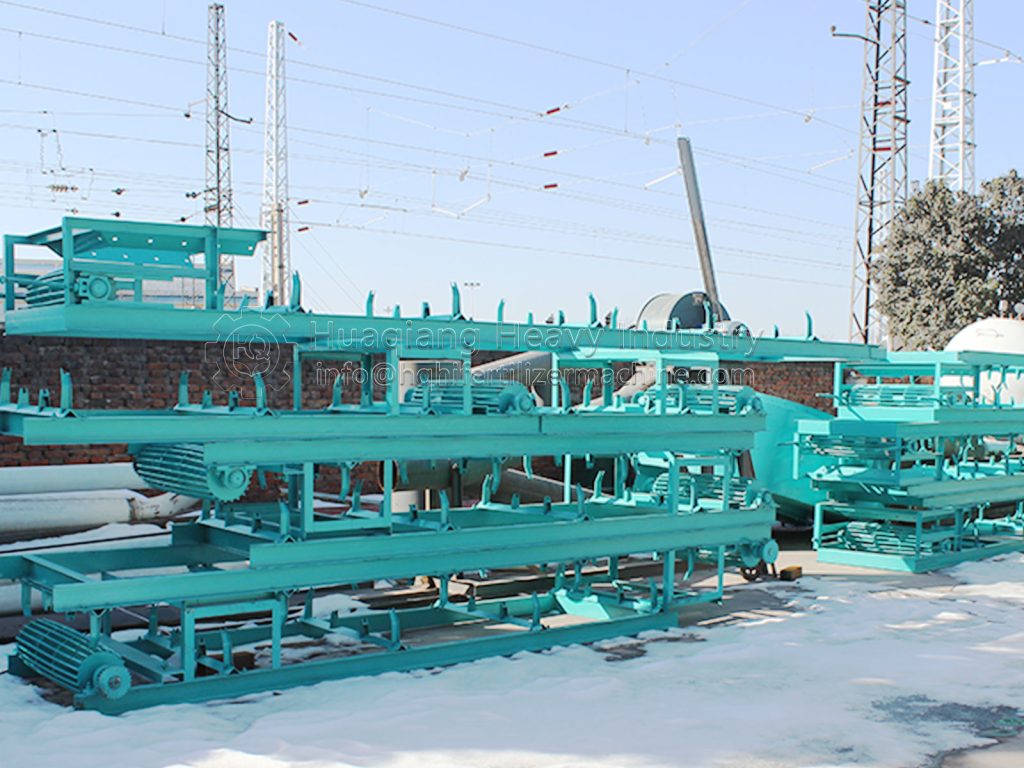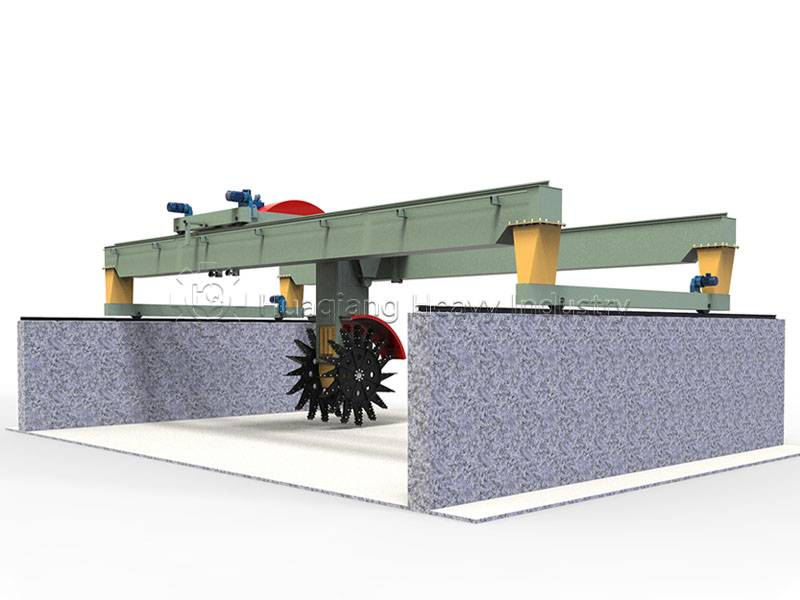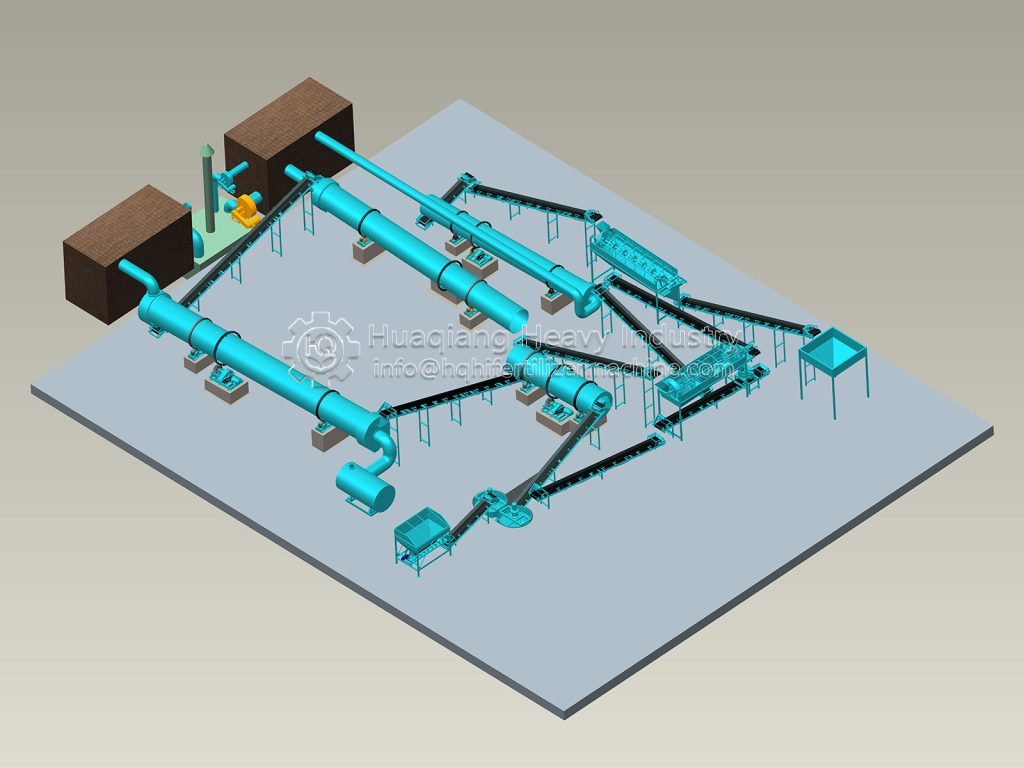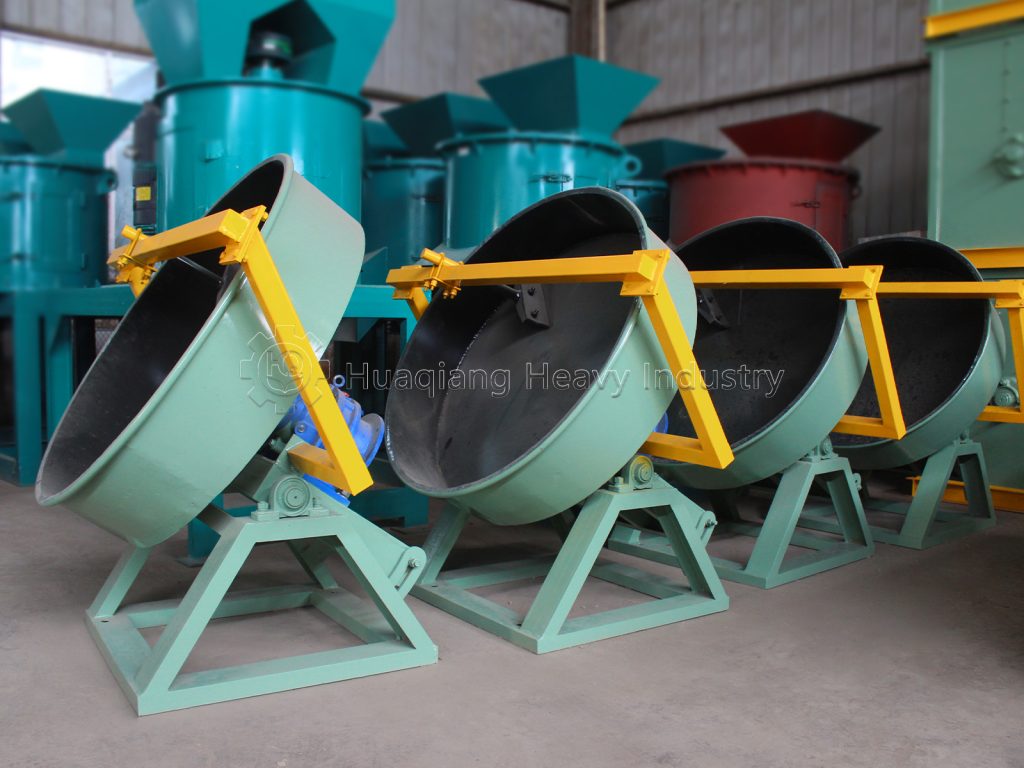In fertilizer production, ring die granulators must adjust core parameters based on the characteristics of different raw materials, such as organic fertilizer, compound fertilizer, and slow-release fertilizer, to ensure optimal granulation.
For organic fertilizers, whose raw materials often contain fiber components such as straw and fermented manure, ring die granulators require large-aperture ring dies (typically 8-12mm) and anti-entanglement rollers to prevent fiber entanglement and pelletizing stalls. Furthermore, the steam injection time should be appropriately extended during the conditioning stage to enhance the viscosity of the fiber raw material.
If producing bio-organic fertilizers containing live bacteria, a rapid cooling device should be added after granulation to reduce the pellet temperature to below 35°C to prevent high temperatures from killing the live bacteria.
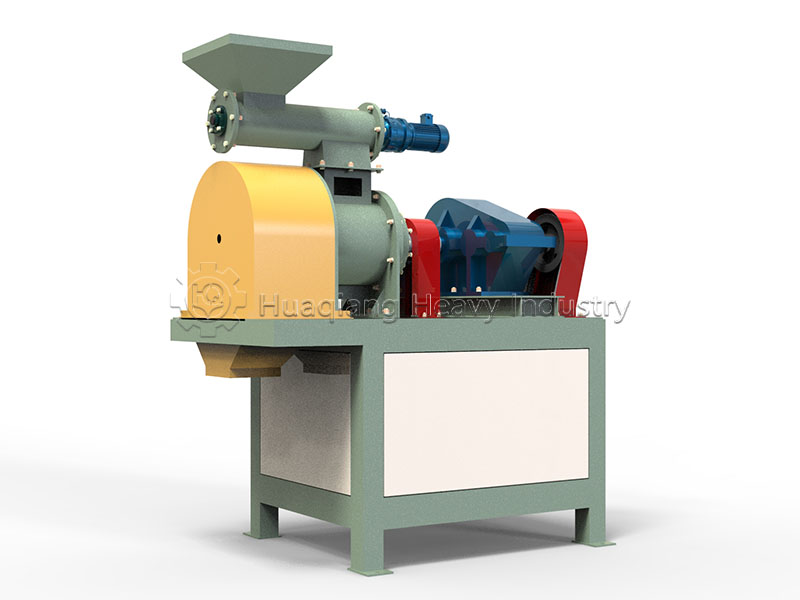
Compound fertilizer raw materials are primarily nitrogen, phosphorus, and potassium powders, which are prone to moisture absorption and agglomeration. Therefore, granulators require ring dies made of wear-resistant materials (such as alloy steel) to minimize wear on the die holes, and the roller pressure must be precisely controlled. Excessive pressure can cause components like nitrate nitrogen in the raw materials to decompose and be lost due to the high extrusion temperature, while too little pressure can cause the granules to become loose.
Slow-release fertilizers, however, contain special ingredients like coating agents, so the ring die granulator requires a lower extrusion temperature (below 30°C). This is usually achieved by reducing the roller speed (from 30 rpm to 20 rpm) and adding a cooling device to prevent high temperatures from damaging the slow-release coating structure and ensure the fertilizer’s slow-release effect.
